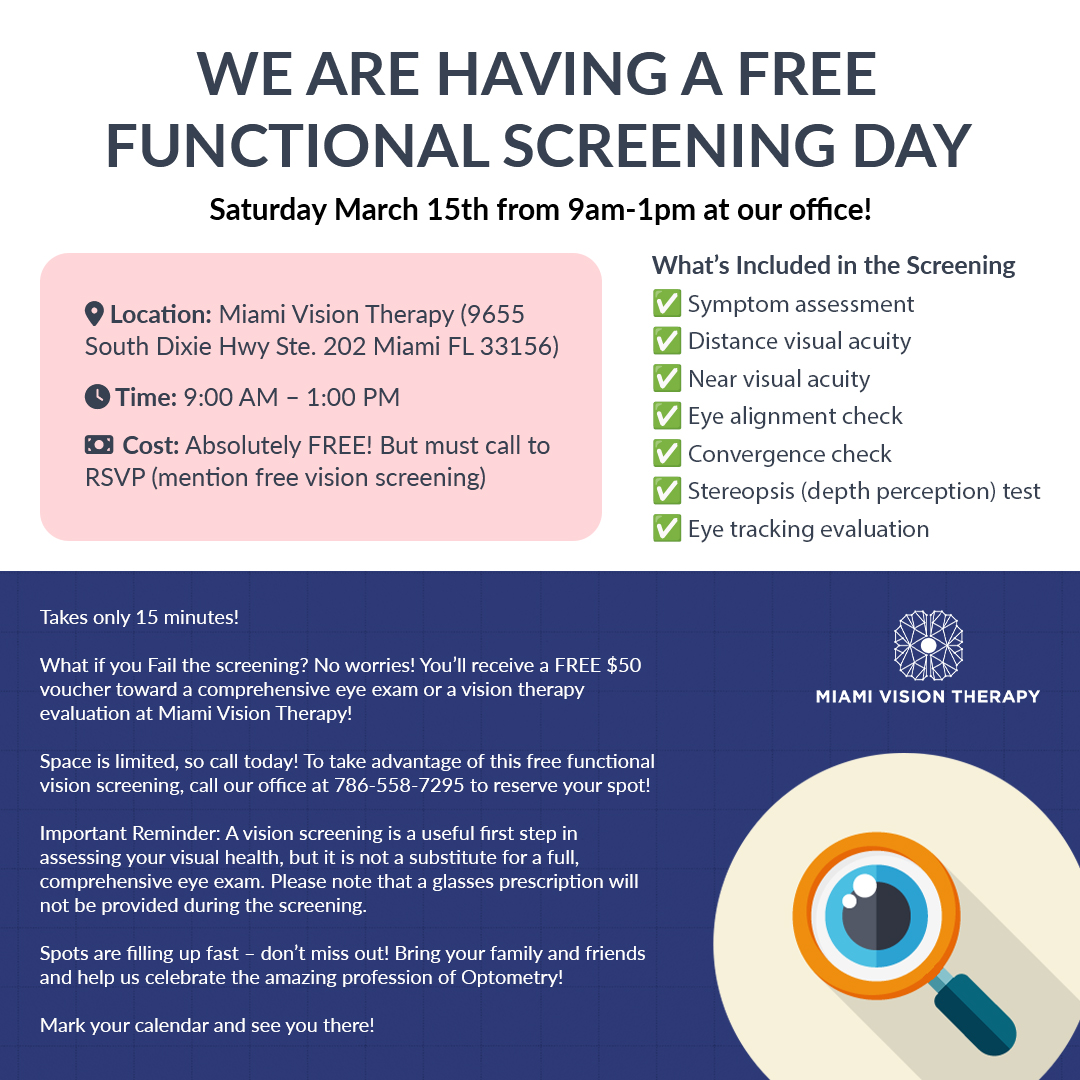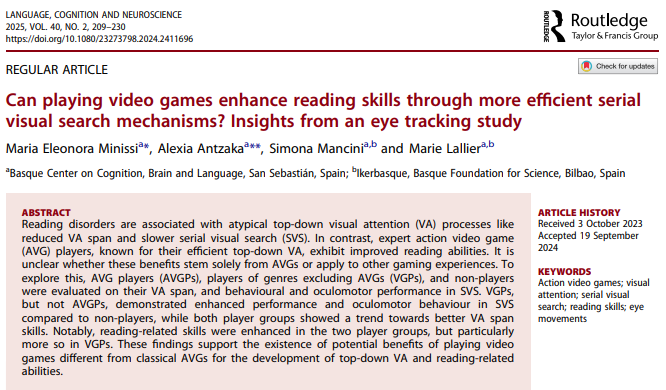


July 23, 2025
Dr. Eric Chow
For years, video games have gotten a bad rap among parents and teachers. But recent studies are challenging that narrative—especially when it comes to reading. In fact, certain types of video games might actually help sharpen the visual attention skills that strong readers rely on.
A 2025 eye-tracking study published in Language, Cognition, and Neuroscience explored this very idea: Could video games enhance the way our visual systems process information—and in turn, improve reading?
The connection between vision and reading
Reading isn’t just about knowing letters and sounds. It’s a visually demanding task that relies on fast, accurate eye movements and focused visual attention. To read fluently, a child’s eyes and brain must work together in a finely tuned sequence of scanning, fixating, and processing.
Some researchers believe that difficulties with reading may stem from issues in the magnocellular visual pathway—a part of the visual system responsible for motion detection and eye movement control. This pathway plays a big role in guiding top-down attention, the kind that lets us stay focused on a goal while ignoring distractions.
Children with dyslexia and other reading disorders often show signs of slower target detection and reduced accuracy in serial visual search tasks—the kind of rapid scanning we use while reading a line of text. Simply put, they may struggle to move their eyes efficiently across the page.
What the research shows
In the 2025 study, researchers divided 73 Spanish-speaking adults into three groups:
Action video game players (fast-paced games like first-person shooters)
Non-action video game players (puzzle, racing, or strategy games)
Non-gamers
Each group completed a series of tasks measuring visual attention span, serial visual search (similar to reading), and phonological and reading skills.
Here’s what they found:
Visual Attention Span: Both action and non-action gamers performed better than non-gamers.
Reading Fluency: Gamers read faster and processed more syllables per second than non-gamers.
Serial Visual Search: Surprisingly, non-action video game players showed the best performance—faster and more efficient eye movements than both action gamers and non-gamers.
Phonological Skills: No significant differences across groups.
But the real surprise? It wasn’t the action games that helped the most—it was the non-action games. That includes puzzle, strategy, and exploration-based games that challenge the brain without overloading it.
Children who struggle with reading often have to work harder to process each line of text. Their eyes may make extra fixations or saccades (quick jumps between words), slowing them down and making reading feel frustrating or exhausting. Improving their visual attention span could reduce this visual strain.
At Miami Vision Therapy, we assess how well the eyes team, track, and focus—not just whether a child sees clearly. We work with children who have convergence insufficiency, accommodative dysfunction, and other issues that interfere with reading and learning. In many cases, vision therapy can help retrain the brain and eyes to work together more efficiently—unlocking better reading fluency and confidence. Hey, it may even involve video games!
Here are some good questions to ask your eye doctor:
How are my child’s tracking and focusing skills?
Do their eyes work together the way they should?
Could visual attention or oculomotor control be impacting reading?
If these questions aren’t being addressed in a standard eye exam, it may be time to see a provider trained in binocular vision and visual processing.
Want to learn more about how your child’s vision may be impacting their reading? Schedule a consultation with Miami Vision Therapy today!